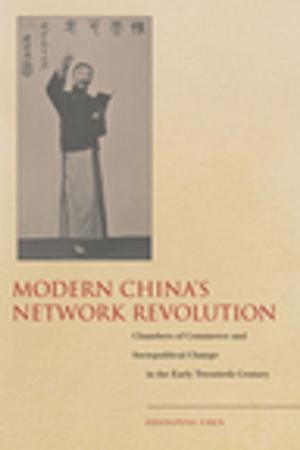Asian Rivalries
Conflict, Escalation, and Limitations on Two-level Games
Nonfiction, Social & Cultural Studies, Political Science, International, International Security| Author: | ISBN: | 9780804781732 | |
| Publisher: | Stanford University Press | Publication: | August 17, 2011 |
| Imprint: | Stanford Security Studies | Language: | English |
| Author: | |
| ISBN: | 9780804781732 |
| Publisher: | Stanford University Press |
| Publication: | August 17, 2011 |
| Imprint: | Stanford Security Studies |
| Language: | English |
The most typical treatment of international relations is to conceive it as a battle between two antagonistic states volleying back and forth. In reality, interstate relations are often at least two-level games in which decision-makers operate not only in an international environment but also in a competitive domestic context. Given that interstate rivalries are responsible for a disproportionate share of discord in world politics, this book sets out to explain just how these two-level rivalries really work. By reference to specific cases, specialists on Asian rivalries examine three related questions: what is the mix of internal (domestic politics) and external (interstate politics) stimuli in the dynamics of their rivalries; in what types of circumstances do domestic politics become the predominant influence on rivalry dynamics; when domestic politics become predominant, is their effect more likely to lead to the escalation or de-escalation of rivalry hostility? By pulling together the threads laid out by each contributor, the editors create a 'grounded theory' for interstate rivalries that breaks new ground in international relations theory.
The most typical treatment of international relations is to conceive it as a battle between two antagonistic states volleying back and forth. In reality, interstate relations are often at least two-level games in which decision-makers operate not only in an international environment but also in a competitive domestic context. Given that interstate rivalries are responsible for a disproportionate share of discord in world politics, this book sets out to explain just how these two-level rivalries really work. By reference to specific cases, specialists on Asian rivalries examine three related questions: what is the mix of internal (domestic politics) and external (interstate politics) stimuli in the dynamics of their rivalries; in what types of circumstances do domestic politics become the predominant influence on rivalry dynamics; when domestic politics become predominant, is their effect more likely to lead to the escalation or de-escalation of rivalry hostility? By pulling together the threads laid out by each contributor, the editors create a 'grounded theory' for interstate rivalries that breaks new ground in international relations theory.















